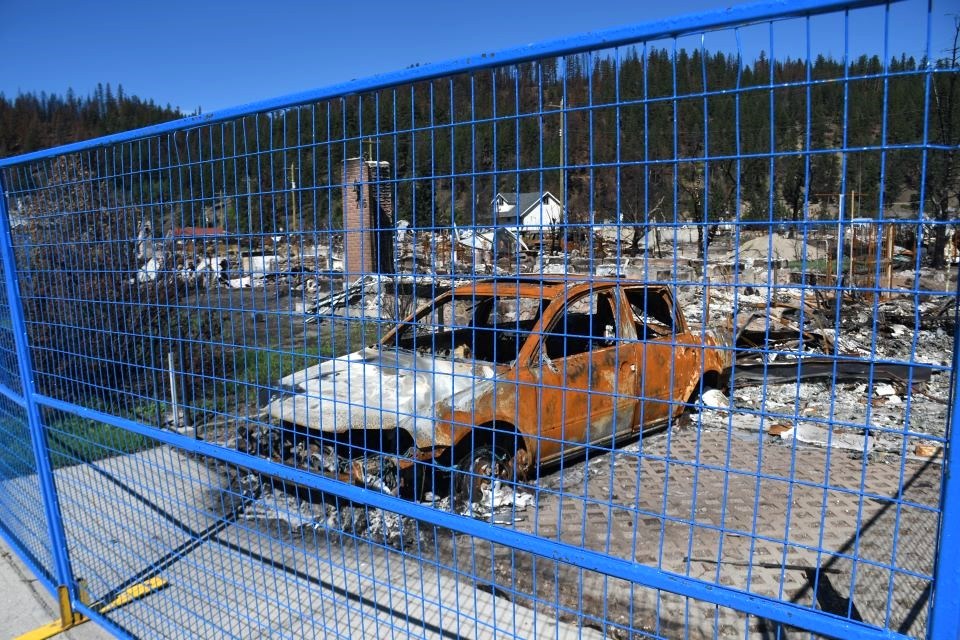JASPER – Insured losses from the Jasper wildfire are now estimated to be just under $1.3 billion following last year's disaster, according to the Insurance Bureau of Canada (IBC).
However, a law firm specializing in property damage claims and representing over 30 households affected by the fire argues this recent estimate does not fully encapsulate the impact of the disaster.
“They certainly understate the real impact on families,” said Fy Virani, who founded Virani Law after losing his uncle and a family home in a 2014 house fire.
The $1.3 billion figure is based on new data released by Catastrophe Indices and Quantification Inc. on July 25, an increase of $80 million over its six-month estimate in January.
But Virani explained how many families in Jasper were underinsured, in large part because underwriting at insurance companies was not necessarily keeping up with inflation.
“While it’s great to quantify an insured loss, we’re seeing a lot of families that won’t have enough money to necessarily rebuild or necessarily have enough to go live elsewhere because build costs are so high,” he said.
Virani also criticized the insurer-organized mass debris removal program, which the IBC said helped reduce costs and speed up recovery. He agreed that the program may have helped the community, but individual homeowners had a different insurance policy and may not benefit the same way.
“It’s great to have a co-ordinated debris removal effort, but at what cost did that come at for individual homeowners?” he asked.
The Jasper wildfire destroyed 358 homes and businesses in the town of Jasper last year. According to the IBC, only 56 (15 per cent) were approved for reconstruction as of July 25, and only two buildings were being rebuilt.
The IBC argued that permitting delays were slowing the rebuild.
“One year after the second-costliest fire event in Canadian history, many residents are still working through the process of securing the proper permits to begin reconstruction of their property,” said IBC vice president Aaron Sutherland for Pacific and Western in a news release.
“Despite delays, residents can rest assured that insurers will stand with them until every claim is closed,” Sutherland added.
The federal government recently announced $5 million in additional support to cover the unexpected cost of soil testing and removal, which Sutherland described as “a positive move.”
Virani acknowledged that soil testing was not a minor issue, but he noted that his Jasper clients were facing other unique challenges, such as dealing with Parks Canada, the inflation of building costs post-COVID and small geographical insurers dealing with an overwhelming claims market.
He also emphasized how the human element should not be forgotten amid the numbers and highlighted the fire’s impact on people’s mental health.
“Certainly, I think there are situations where home insurance policies may be able to respond to mental health efforts directly attributable to a house fire,” he said. “And I’ve got a slew of clients that would have advocated and benefited from therapy during that one-year, two-year rebuild phase that would have made a substantial difference in their lives.”
Virani added how most insurers policy holders were aligned in their desire to rebuild and was confident that the various issues with his Jasper clients would eventually get resolved.
“We’re just seeing new dynamics and a new market like we’ve never seen before,” he said. “Fort McMurray was a different beast. Tantallon, N.S. was different. This is going to have its own unique challenges that I don’t think that the Canadian public or government has seen before.”




